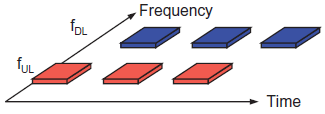Quiz 7: 4g: Lte/Lte-advanced For Mobile Broadband: Chapter 7 Lte Radio Access: An Overview: Quiz7
- 3GPP Release 8
2.
You may optionally provide this to label your report, leaderboard, or certificate.
Submit
Submit
×
Thank you for your feedback!
















